There are often some misconceptions about the wildlife population we share our world with. Most of the misconceptions are inadvertent consequences because we just don’t know enough about wild animals to enlighten us on why or how they exist the way they do. There are a couple of remarkable facts about the wildlife that are sure to intrigue your senses and broaden your informed perspective on the existence of different kinds of wildlife. Here are a few amazing facts about wild animals you probably never knew about:
1. Koalas have human-like fingerprints
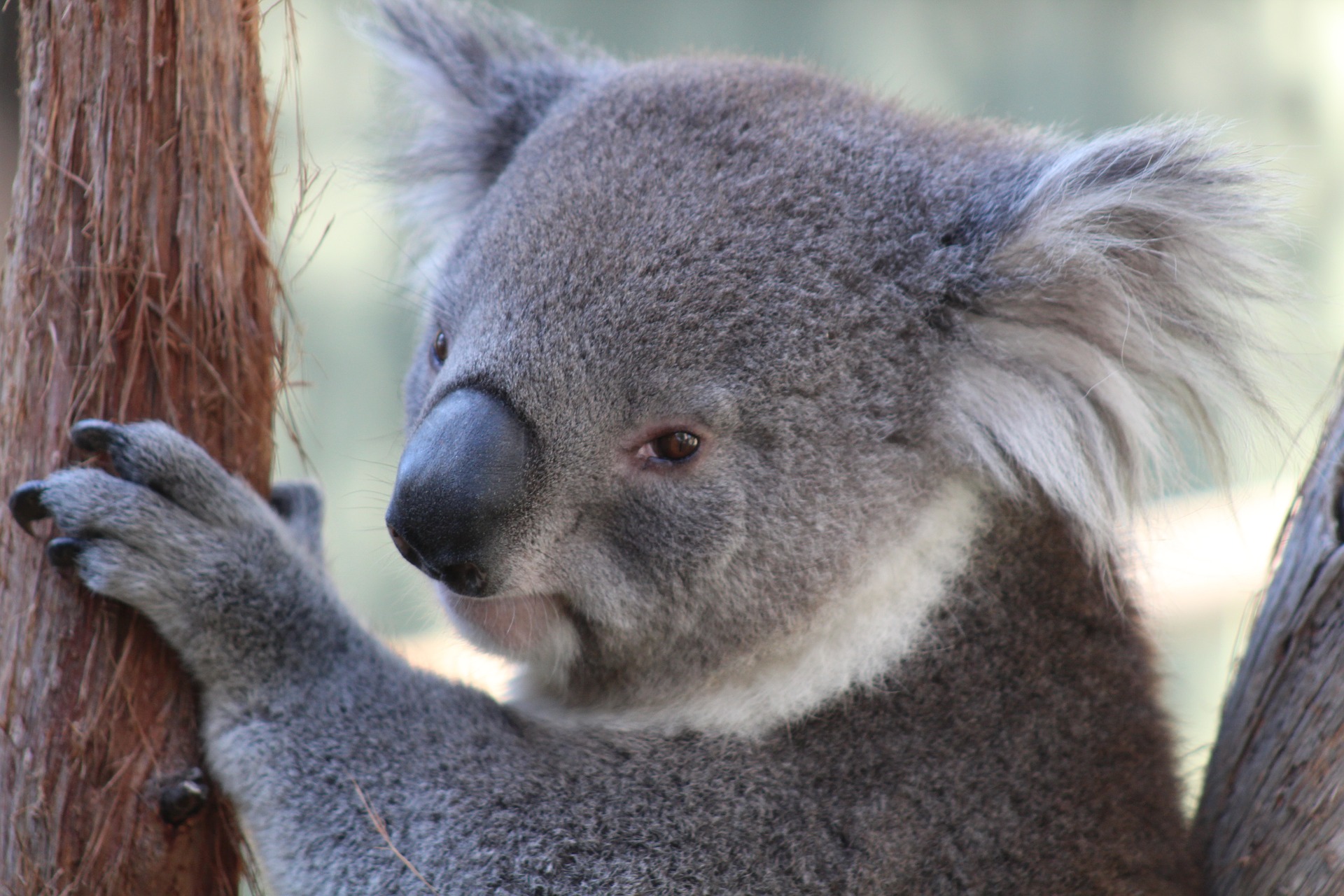
Puzzling even the most seasoned professionals in the criminal investigation department, Koalas have been found to bear almost identical fingerprints compared to our own. Koalas developed the evolutionary adaptation in the form of prints to enhance gripping ability. This is attributed to their human-like use of gripping ability and the general utility of their limbs. This is critical for the survival of koalas considering they need optimal grasp for holding food while eating.
2. Parasitic pea crabs
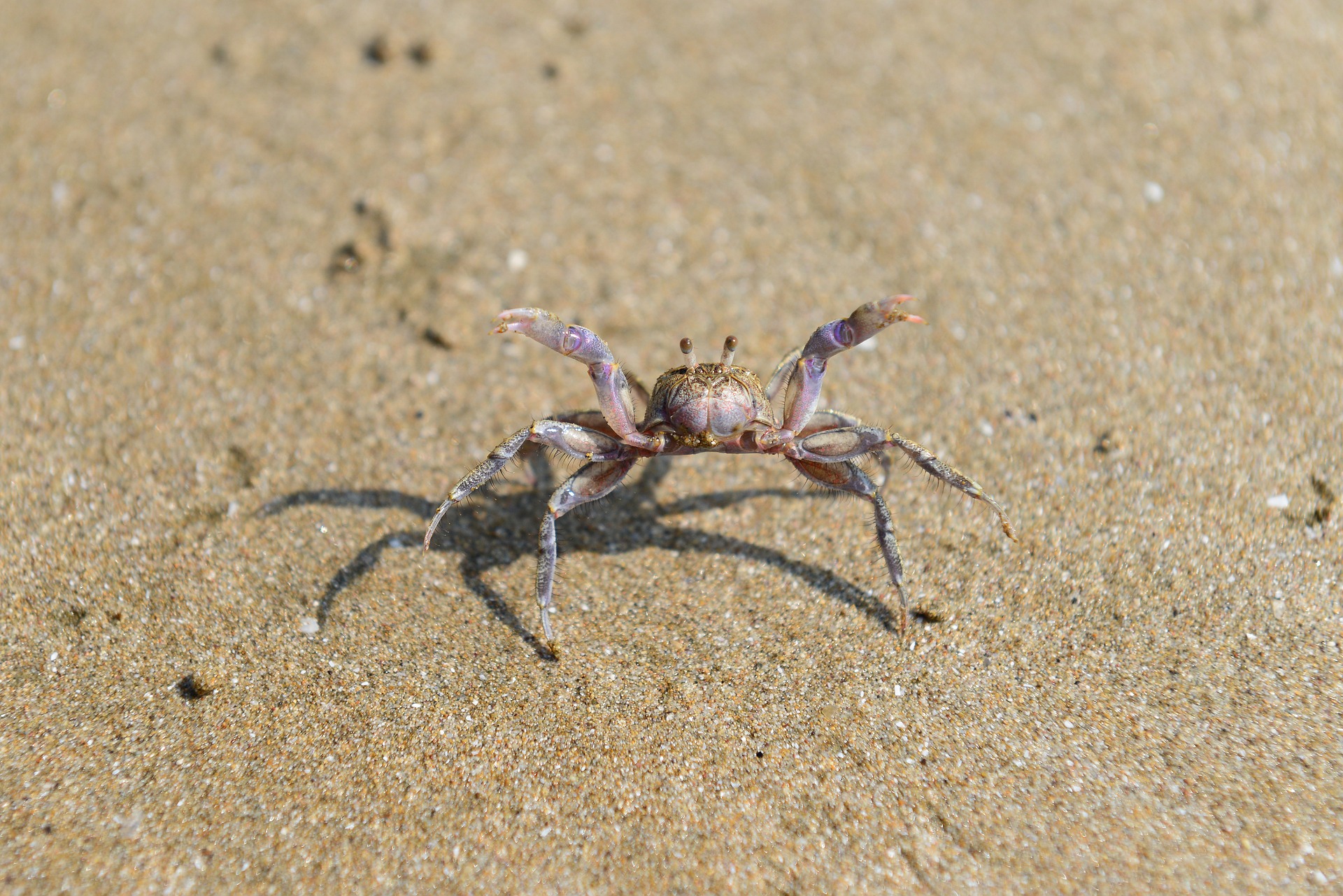
As is suggested by the name of these particular diminutive creatures, pea crabs are the tiniest species of crabs and measure anywhere from just 0.13 to 0.46 inches. These kleptoparasites survive by nibbling food from their hosts’ gills where they are attached. While female pea crabs will remain attached to their oyster hosts for the rest of their lives, male pea crabs can freely swim to find themselves a mate. The female pea crabs lay eggs in the gills of their host, where they hatch and continue with their own life around the pea crab cycle. Don’t be too surprised, therefore, if you ran into a couple of pea crabs while having an oyster.
3. A snail’s beauty sleep could last years
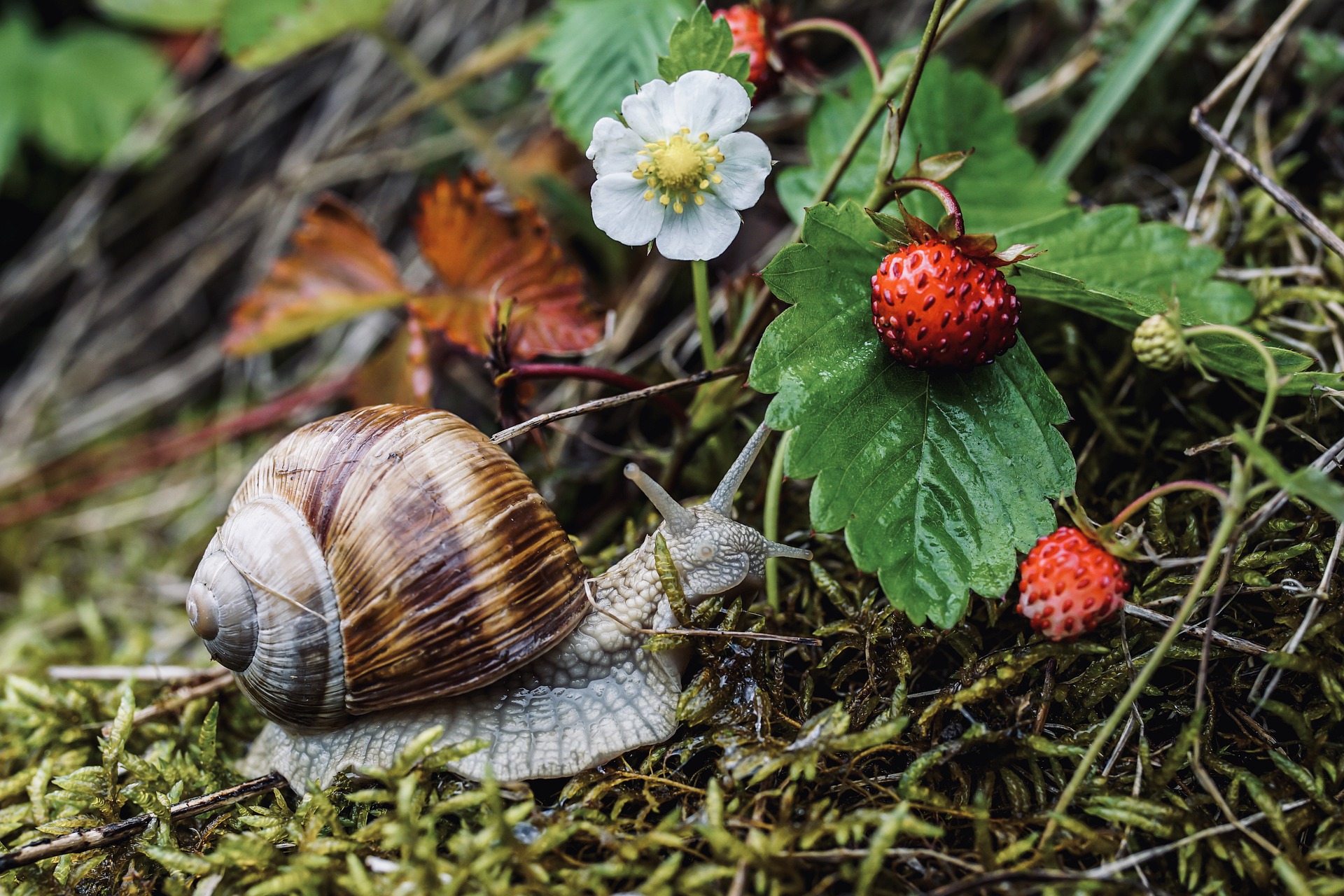
Hibernating animals are known to hibernate through the seasonal periods that are unfavorable for their natural survival. This means that hibernating animals can go into hibernation for a couple of months, stretching to a year for some animals. The snail, however, takes the whole concept of hibernation to a whole new level. While snails averagely sleep for just 7 hours within every 30 hours, when they need to hibernate, they can coil back into their shells and never come out for an entire period of 3 years. You would be forgiven if you mistook a hibernating snail for a dead one as the difference is unrecognizable to an inexperienced individual.
4. Sloths do not need to go to the toilet that often

The one characteristic about sloths that summarize their nature is the conspicuously sluggish movement. Moving an average of less than 45 yards a day, sloths do not require the use of too much energy. This is mainly attributed to their equally slow digestive system that has been known to take up to an entire month for complete digestion of food. At this rate of digestion, sloths do not need to go to the toilet that often. This complements their 15-hour long naps and the remaining hours of the day they try to keep out of reach of predators.
5. Rhino’s horns are not different from hair follicles
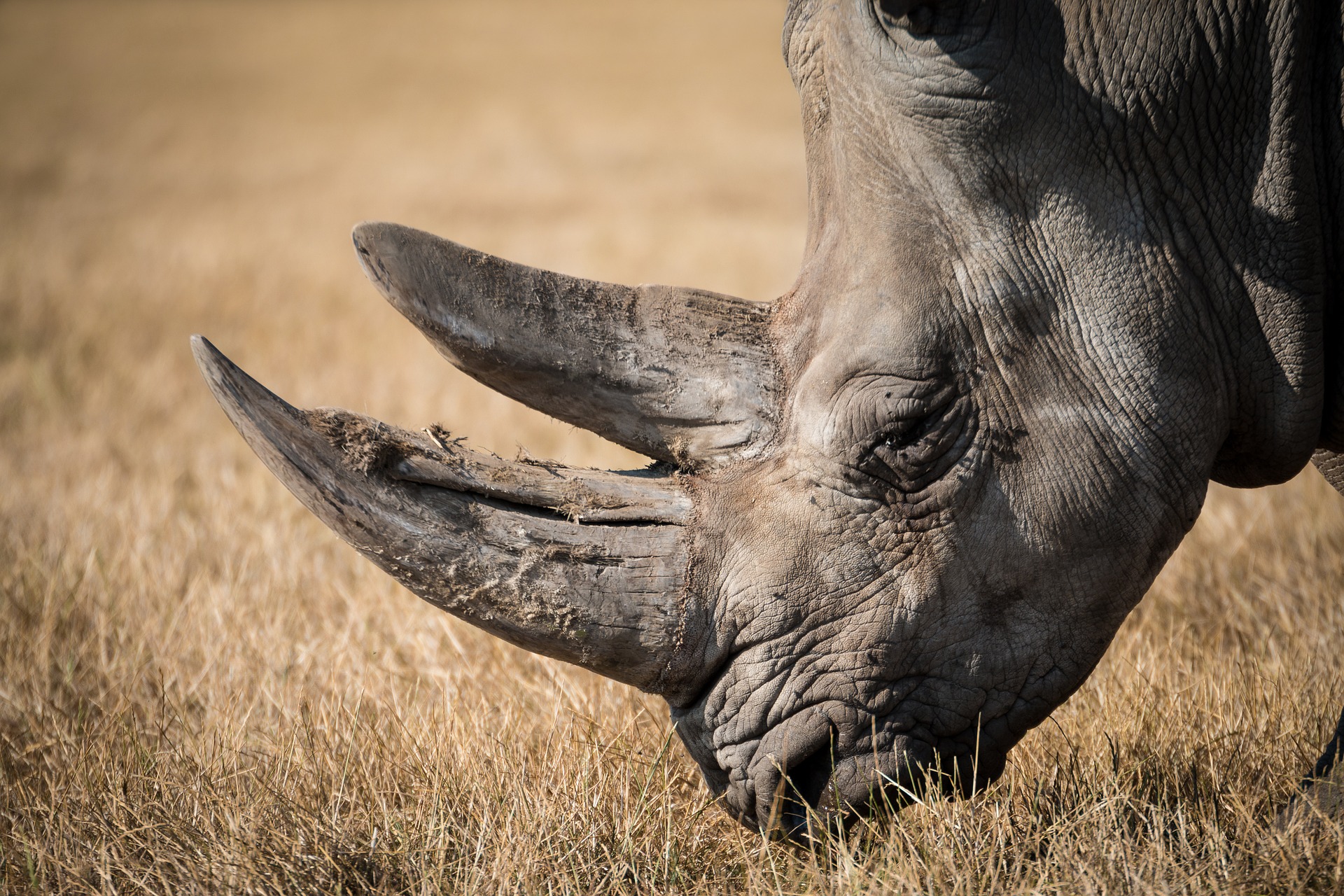
As unreal as this might sound, rhino horns are much more similar to human hair and fingernails than they are to their bones. As opposed to popular belief that rhino horns are skeletal extensions of their bones, the horns are made possible by the same protein and keratin that is responsible for our fingernails and hair. Think of them as pretty large and hard fingernails.
6. A shrimp’s head houses all its vital internal organs
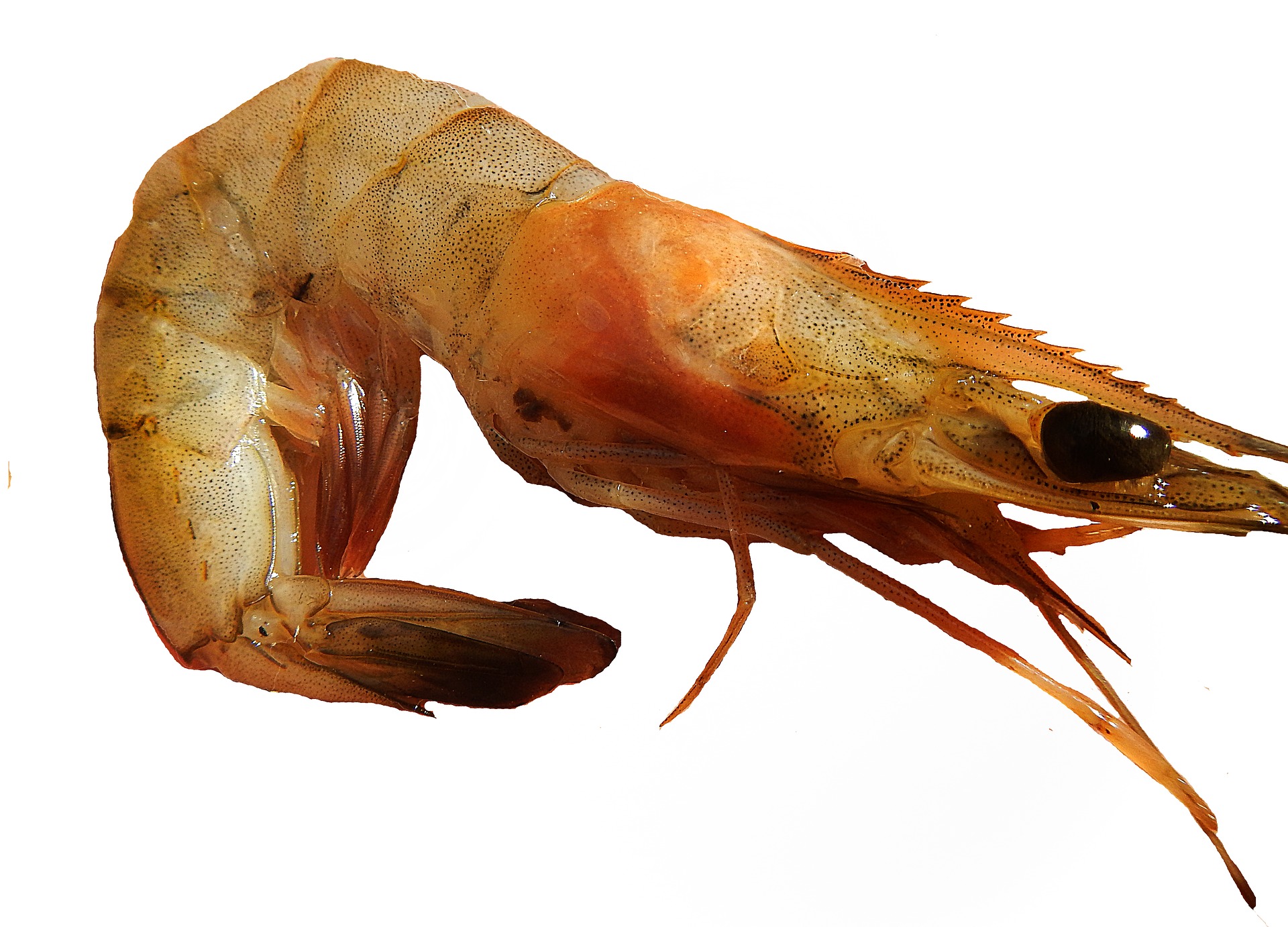
While the human body expresses what a fully functional and coordinated body is capable of achieving with spread out organs situated based on their respective functions, some animals in the wildlife community have redefined what it means to put all your eggs in the same basket. Shrimps, for example, have all their vital internal organs, including their stomach and reproductive organs, as well as the heart and brain housed in their heads. An exoskeleton covers the head to provide the necessary protection it crucially needs for survival.
7. Microscopic “super animals.”
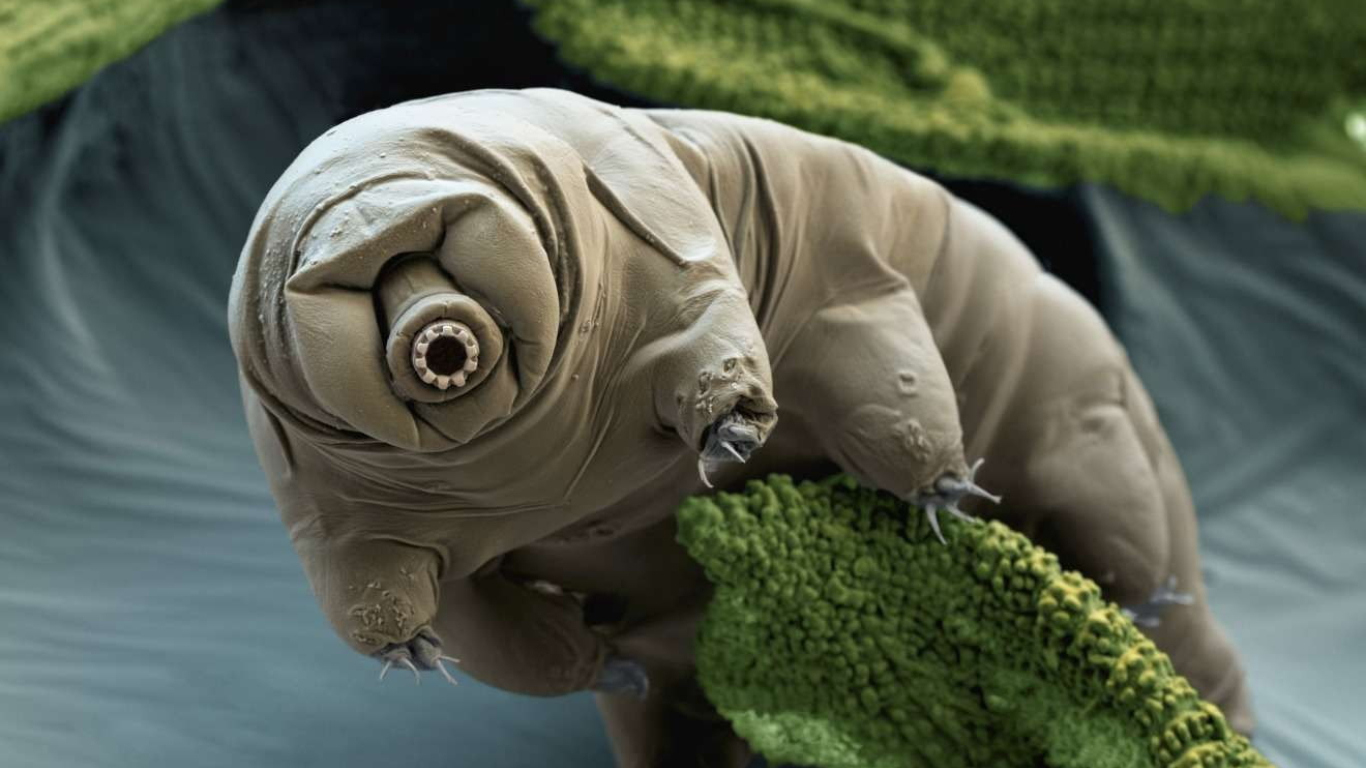
The cinematic industry has undoubtedly made quite the impression when it comes to fictional as well as fantasy-based tales. While there are some pretty special people and animals alike deserving of the “super” title, there are not many, if any, animals or humans that can match the tolerance level and survival ability of the Tardigrades. These microscopic animals are probably the most tolerant animals when faced with extreme conditions. Able to survive six times the pressure at the ocean floor, go a decade without food, tolerate extreme temperatures to the tune of 300 degrees Fahrenheit, and even survive the vacuum of space, these tiny and almost invisible animals could very well be the answer to our future survival.
8. Squirrels actually plant trees

They are not actually aware of their deeds, but squirrels have been known to plant trees as they gather and store their acorns inadvertently. As they tediously prepare for the harsh winter cold by stashing as many acorns as they can, squirrels often forget where they put their acorns. In the process, thousands of trees germinate every year thanks to these little furry friends. Perhaps it is their naturally allocated purpose to repopulate the earth with new trees each year, or maybe it is just that they misplaced their acorns. Either way, we can never have too many trees for our ailing ecosystem.
9. Penguins can be romantic
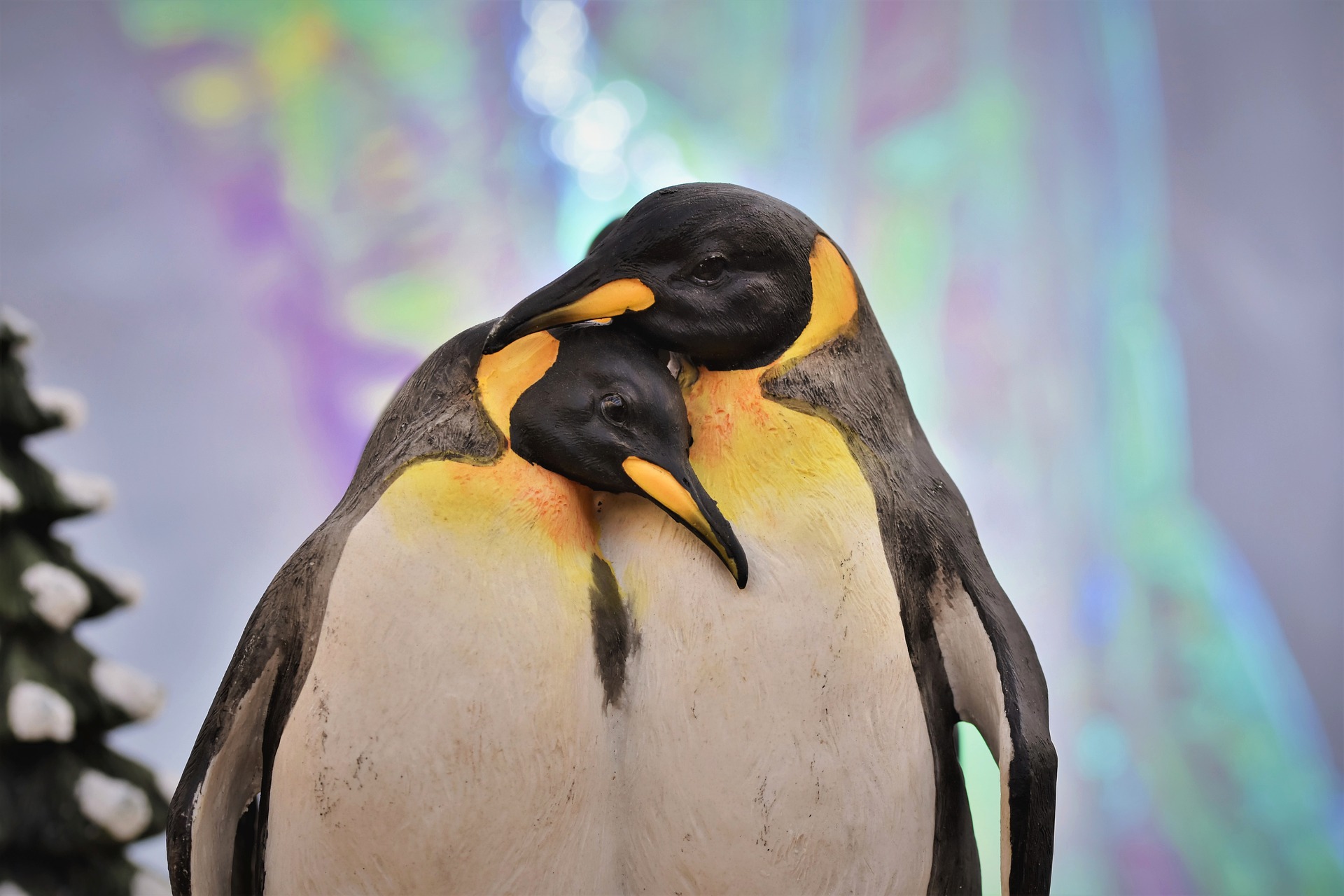
Romance and emotional attachment are not exclusive to humans, after all. Animals have, on several occasions, displayed noticeable acts that suggest they are capable of experiencing emotion. In an adorable show of intent and commitment, Male Gentoo penguins have been known to propose to their life-long partners and offer the best possible pebble they could get their beaks on. If the female agrees to the proposal, she will place the pebble next to her own nest made of more pebbles, and they will both bow and shake while calling out to each other. Adorably formal for animals, wouldn’t you say?

































